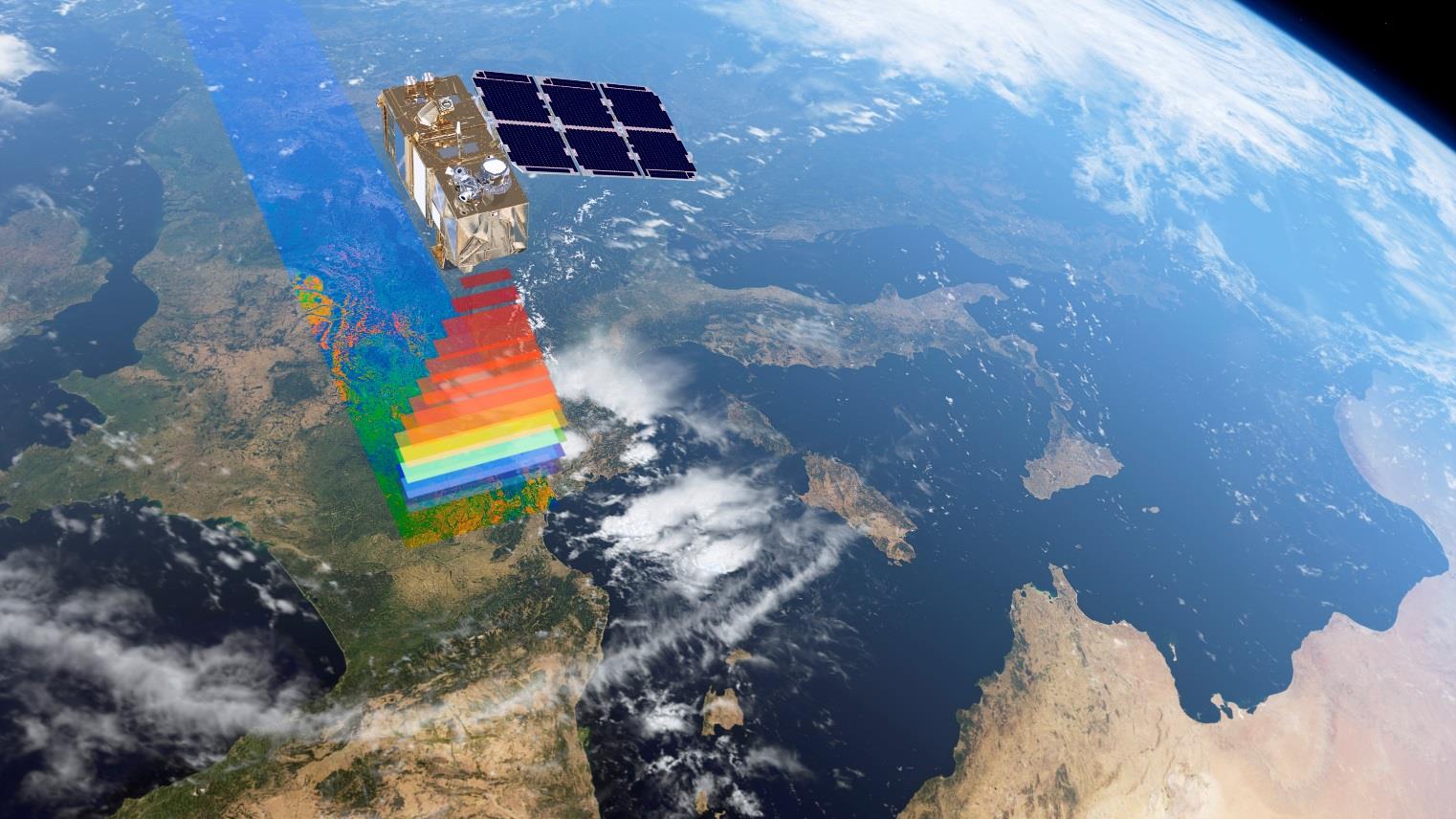Flight VV09: A new Vega mission at the service of Earth observation with Europe’s Copernicus program
For its third launch of the year – and the ninth to be performed by the Vega launcher since its first liftoff from the Guiana Space Center in 2012 – Arianespace will orbit the Sentinel-2B satellite, a part of Europe’s Copernicus Earth observation program, on behalf of the European Commission within the scope of a contract with the European Space Agency (ESA).
As a multi-purpose launch vehicle that already has demonstrated its capabilities during the eight previous successful missions, Vega is now fully operational in commercial service – and will be performing its sixth flight for Earth observation.













